

Forks to do this have come and gone.
Oh, absolutely. None of them have any momentum and suffer from 1) long-time Gimp users usually not caring 2) former or present Photoshop users (in the case of PS imitations) rarely hearing about them and 3) those that do being hesitant to commit to them due to both their often half-baked nature and what you said (and also no plugin support, which is one of those things that binds people to Adobe, often against their will).
This is part of a thing with open source, it’s not possible to force something on the developers.
Most open source projects are firmly in the hands of rather conservative people who are doing their thing and really don’t care about what people think. I’ve seen it often enough. I’m essentially saying the same thing as you do, but less kindly. It at least partially explains why so many projects are suffering from severely outdated UI designs, both in good and bad ways. Maybe it’s the lack of economic pressure and competition too, especially with programs like Gimp that aren’t actually competing with commercial tools, even though some of them could if there was enough motivation.
I am totally a freak in my software background
You’ve piqued my curiosity though. Risc OS is one of few operating systems of note I’ve never actually tried (and I have tried some freaky stuff - remember BeOS?). Let’s say I wanted to give it a go today (in a VM) would you recommend it and if you do, which of the two (Open or not) should I choose? What can you actually do with it today?







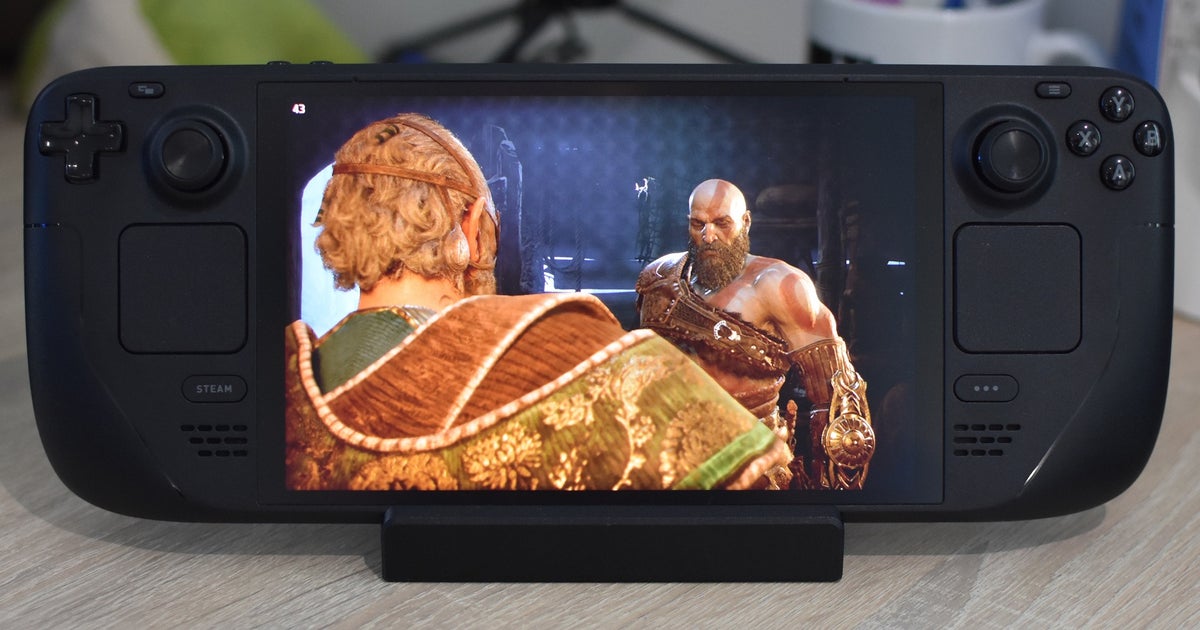


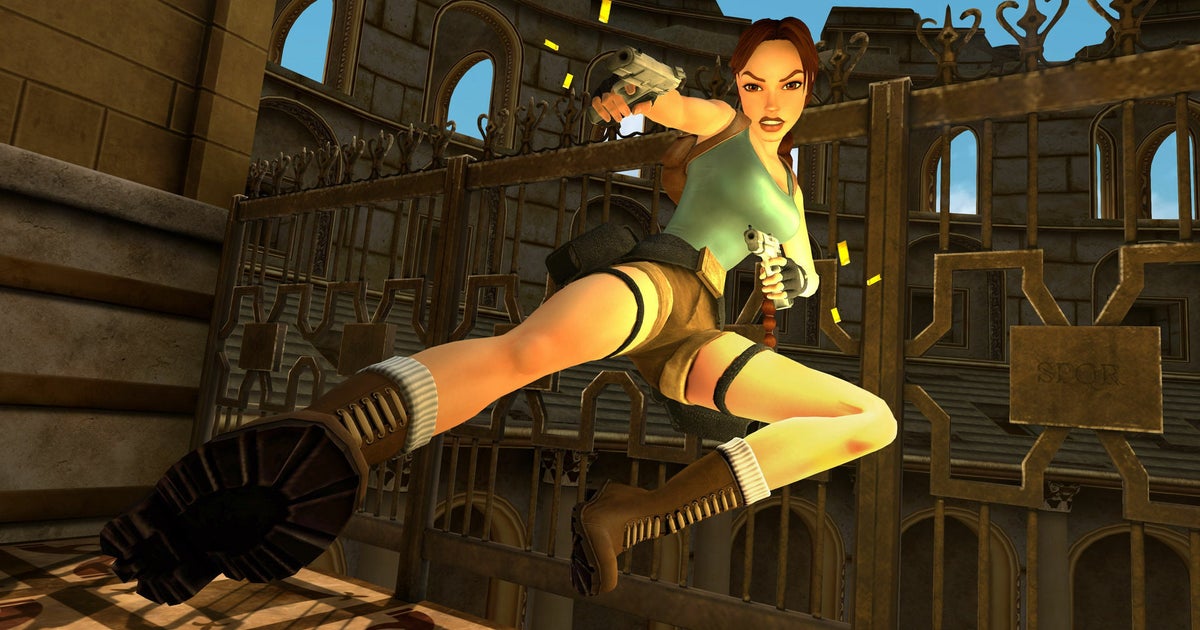



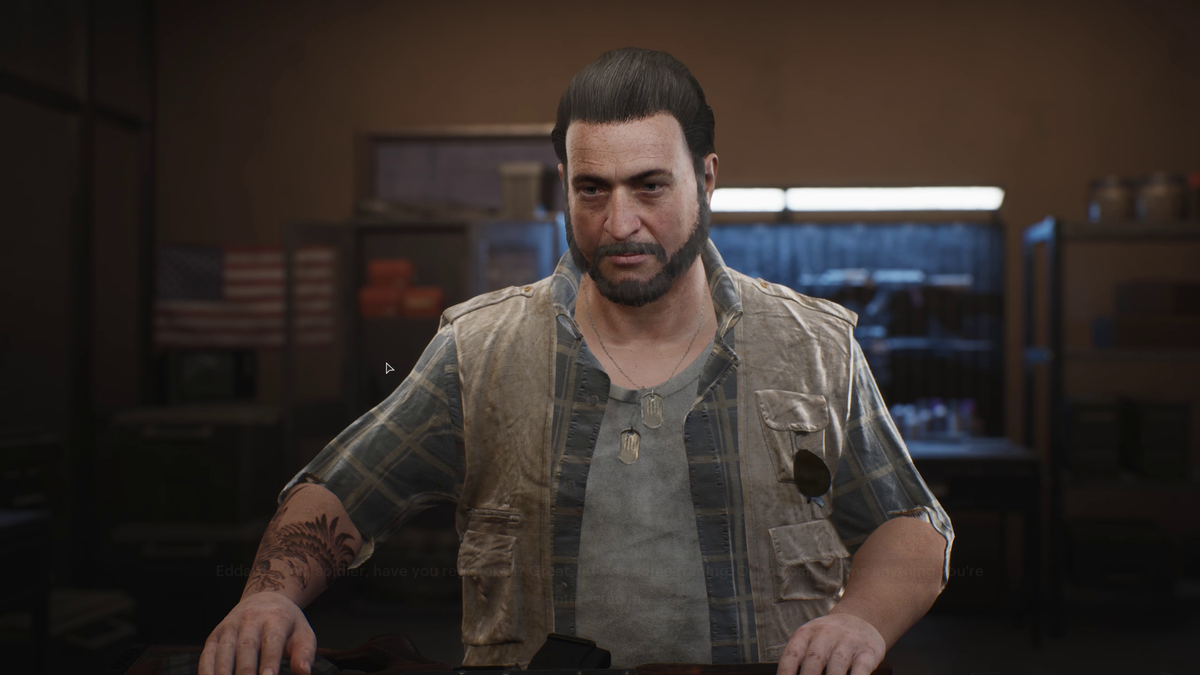

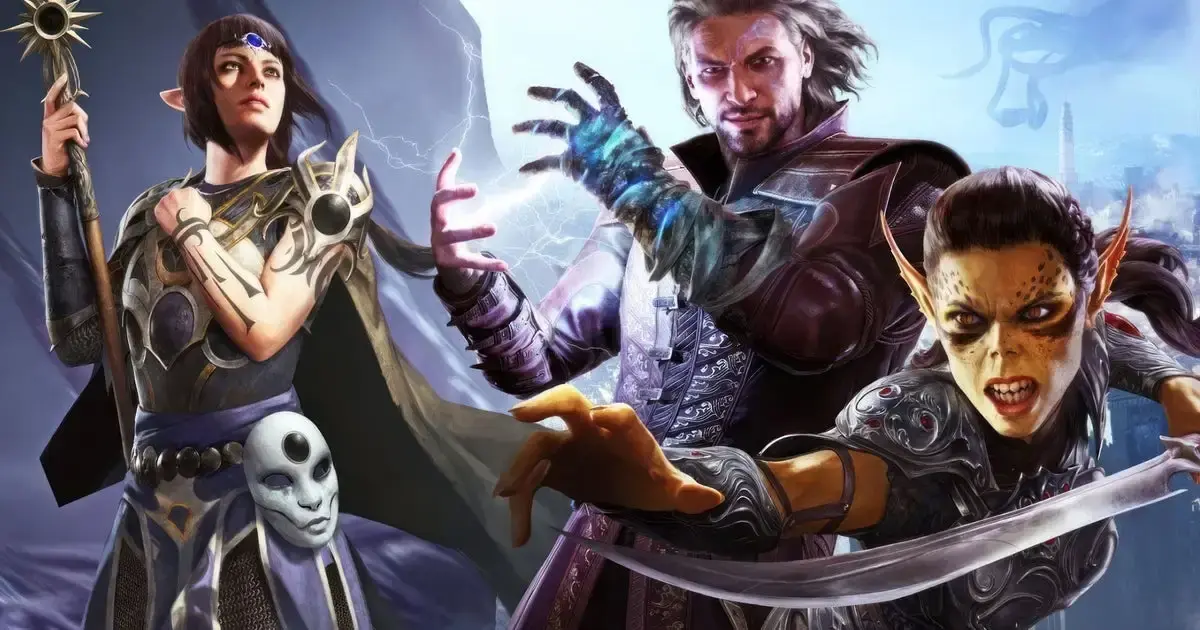
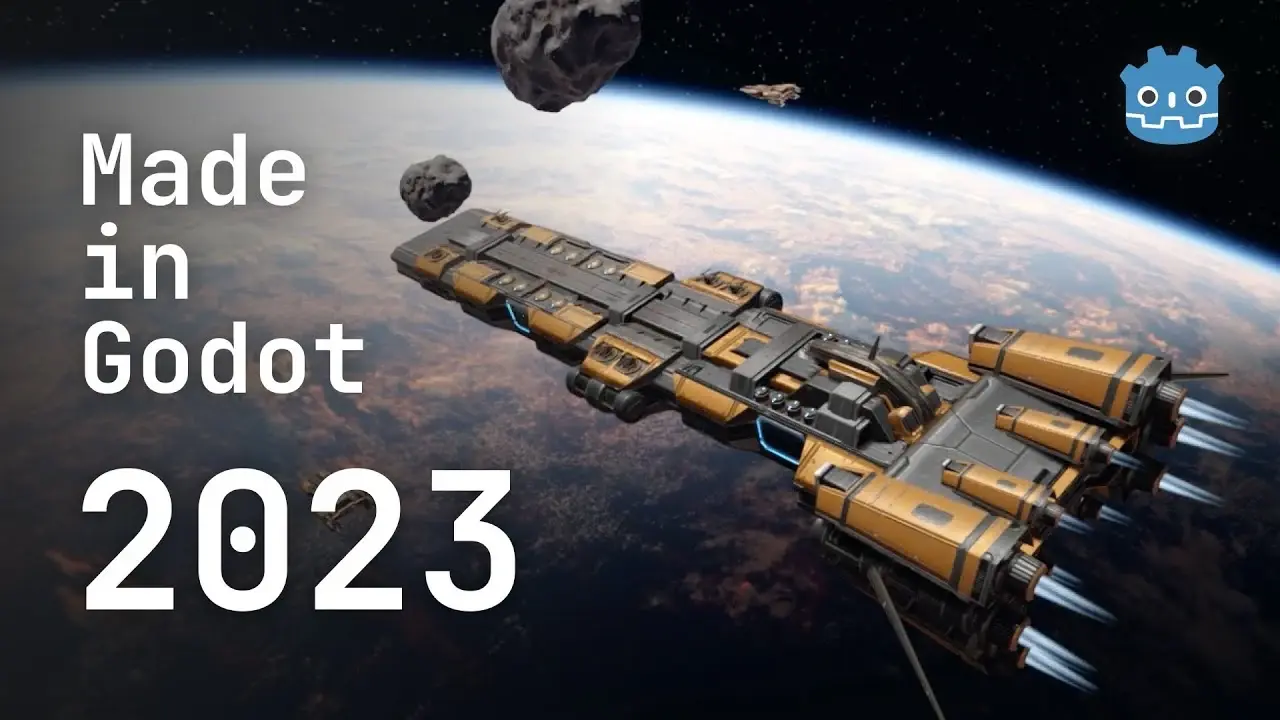


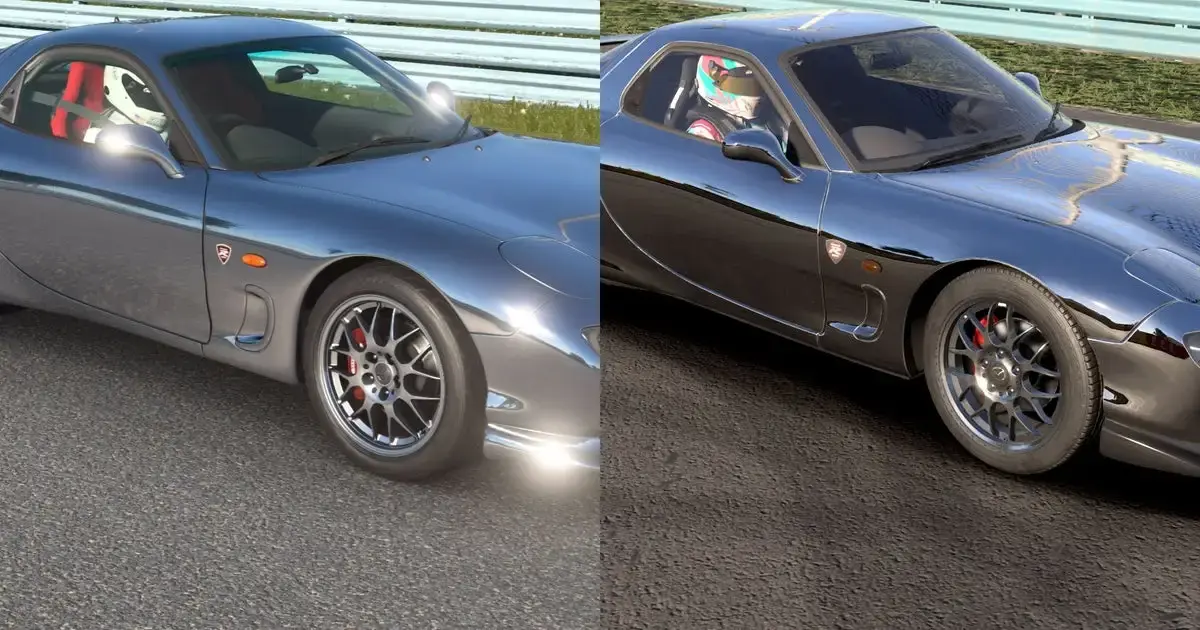
There is one crucial difference between image editing software like Photshop and Gimp vs. 3D software suites like Maya and Blender: My hypothesis is (and feel free to pick this apart) that you can totally teach yourself to use the former rather competently without any outside help, not even documentation and tutorials, but I would argue that this is nearly impossible with the latter due to their far greater complexity. This in turn means that people will look up guides and tutorials and learn the idiosyncratic UI patterns that way, which is why Blender with its extremely nonstandard controls managed to gain a foothold far beyond the broke hobbyist sphere.
Thanks for gently letting me down on RISC OS. I guessed that there wasn’t much going on with it, but I wanted to be sure.